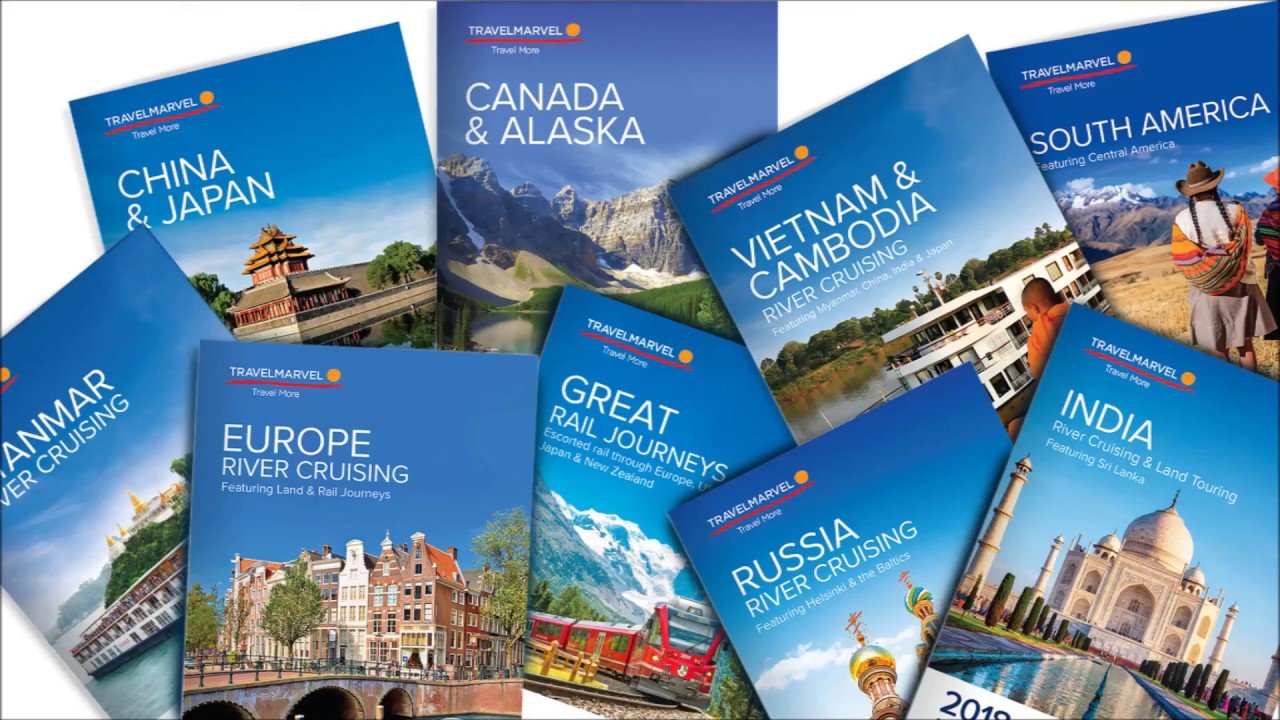Why Travel Light
Traveling light is more than a trend—it’s a smarter, more efficient way to explore the world. With rising baggage fees, strict airline policies, and the hassle of waiting at baggage claim, bringing only a carry-on simplifies the entire travel experience. Whether you’re heading on a weekend getaway or a two-week international trip, learning to pack light can save time, money, and stress. This guide will show you how to travel efficiently with just a carry-on, without sacrificing essentials or comfort.
Choose the Right Carry-On Bag
The foundation of light travel is your luggage. Invest in a high-quality carry-on that meets most airlines’ size restrictions (usually around 22 x 14 x 9 inches). Opt for a lightweight, durable bag with multiple compartments for organization. Consider whether a backpack, soft-sided, or hard-shell roller suitcase suits your travel style. For digital nomads or frequent travelers, a hybrid carry-on with tech compartments and expandability is ideal.
Know the Airline Rules

Different airlines have varying policies on carry-on sizes and weight limits. Low-cost carriers in Europe and Asia often have stricter rules, so always check before booking. Be aware of additional personal item allowances, which may let you carry a backpack or tote alongside your main bag. Use packing cubes and compression bags to keep everything tidy and compliant. Knowing the rules prevents extra charges or forced gate-checking.
Create a Minimalist Packing List
Start with a capsule wardrobe—neutral colors, mix-and-match outfits, and versatile layers. Pack only what you’ll actually wear. A good rule is the 5-4-3-2-1 method: 5 tops, 4 bottoms, 3 layers, 2 pairs of shoes, 1 swimsuit (adjust depending on your trip). Use travel-sized toiletries and avoid “just in case” items. Write a list, stick to it, and eliminate duplicates. Minimalism not only reduces weight but also makes unpacking and repacking easier.
Use Packing Cubes and Compression Bags
Packing cubes are essential for organization. They separate clothes by type or outfit, making it easier to locate items without unpacking everything. Compression bags are great for bulky items like jackets or sweaters, saving significant space. Roll your clothes instead of folding to reduce wrinkles and maximize volume. You’ll be amazed at how much more fits into your carry-on with this method.
Master the Art of Layering
When space is tight, your outfit choices must be strategic. Layering lets you adapt to different climates without packing separate outfits for every weather scenario. Start with a base layer (like a T-shirt), add a mid-layer (like a lightweight sweater), and top it off with a packable jacket. Choose breathable, moisture-wicking fabrics that don’t wrinkle easily. You’ll be comfortable whether you’re exploring city streets or hiking a windy trail.
Limit Shoes and Accessories
Shoes are bulky and heavy, so limit yourself to two pairs: one for walking (wear them during transit) and one other versatile option, such as casual sneakers or sandals. Choose accessories that serve multiple purposes—a scarf can double as a blanket, a sarong, or a beach towel. Limit jewelry and gadgets to essentials. Every item should earn its place by serving at least two functions.
Optimize Toiletries and Tech
Carry-on travelers must adhere to the 3-1-1 liquids rule (containers up to 3.4 oz, all fitting in one quart-sized bag). Choose solid versions of shampoo, conditioner, and soap when possible. Use refillable travel bottles and multi-use products like a moisturizer with SPF. For tech gear, bring only what you need—smartphone, charger, and maybe a tablet or lightweight laptop. Keep all electronics and liquids easily accessible for security checks.
Wash and Rewear On the Go
For longer trips, plan to do laundry instead of overpacking. Choose accommodations with laundry facilities or pack a small travel detergent and a universal sink stopper. Quick-dry clothing makes washing by hand easy. Rewear items like jeans, outer layers, and sleepwear several times. By reusing and washing as needed, you maintain a fresh wardrobe while keeping your luggage light.
Practice and Perfect Your Packing
Like any skill, packing light gets easier with practice. Do a trial pack before your trip to identify what fits and what doesn’t. Walk around with your fully packed bag to ensure it’s manageable. Keep notes on what you use during your trip and what you could’ve left behind. Over time, you’ll develop a system tailored to your travel style. The more you travel light, the more liberating and efficient it becomes.
Conclusion
Traveling with just a carry-on bag is a skill that brings freedom, flexibility, and peace of mind. It helps you move through airports faster, reduces your travel stress, and gives you more time to focus on enjoying your destination. By choosing the right bag, packing smart, and embracing minimalism, you’ll find that you can bring everything you need—and nothing you don’t. Start small, follow this guide, and soon you’ll be traveling lighter and smarter than ever before.


















